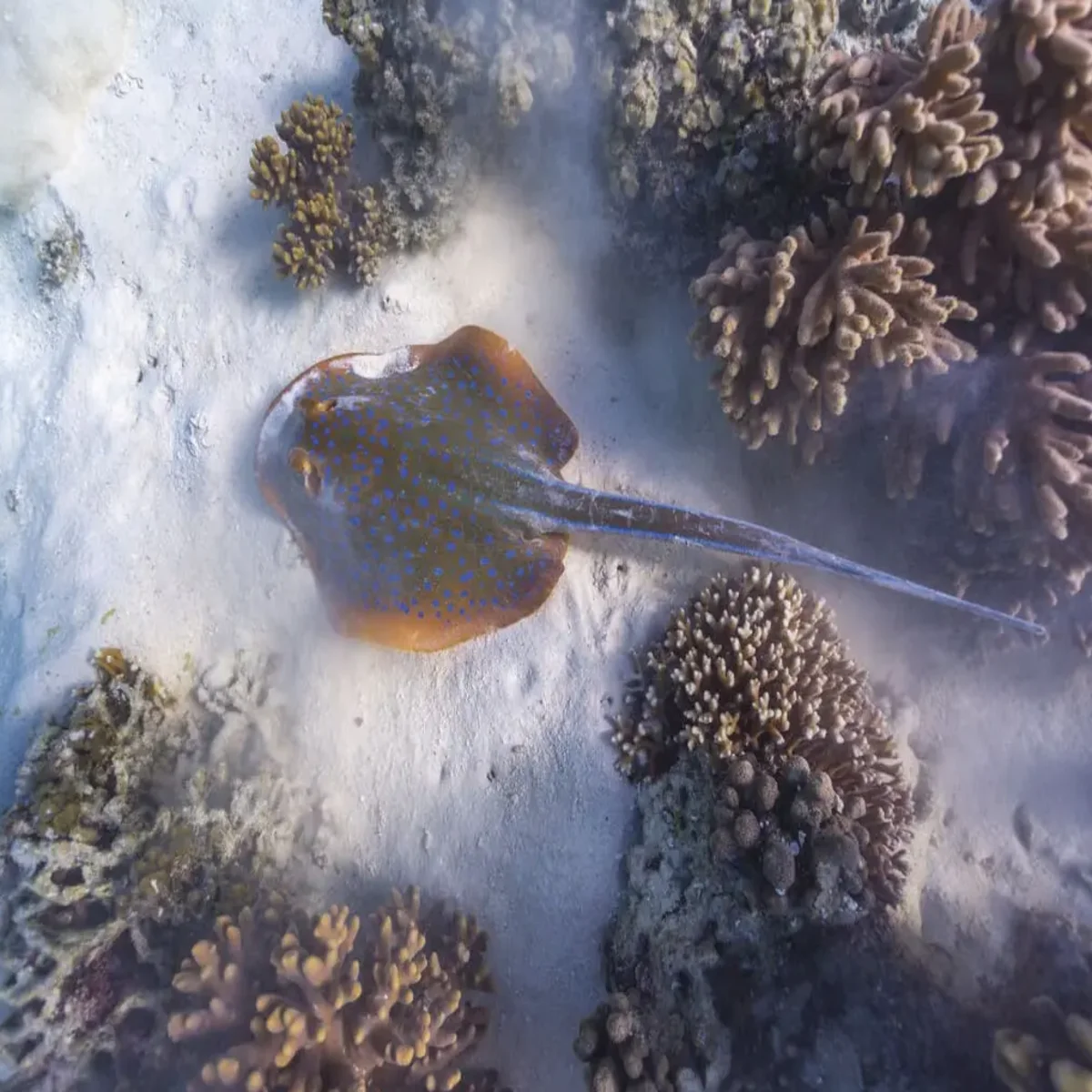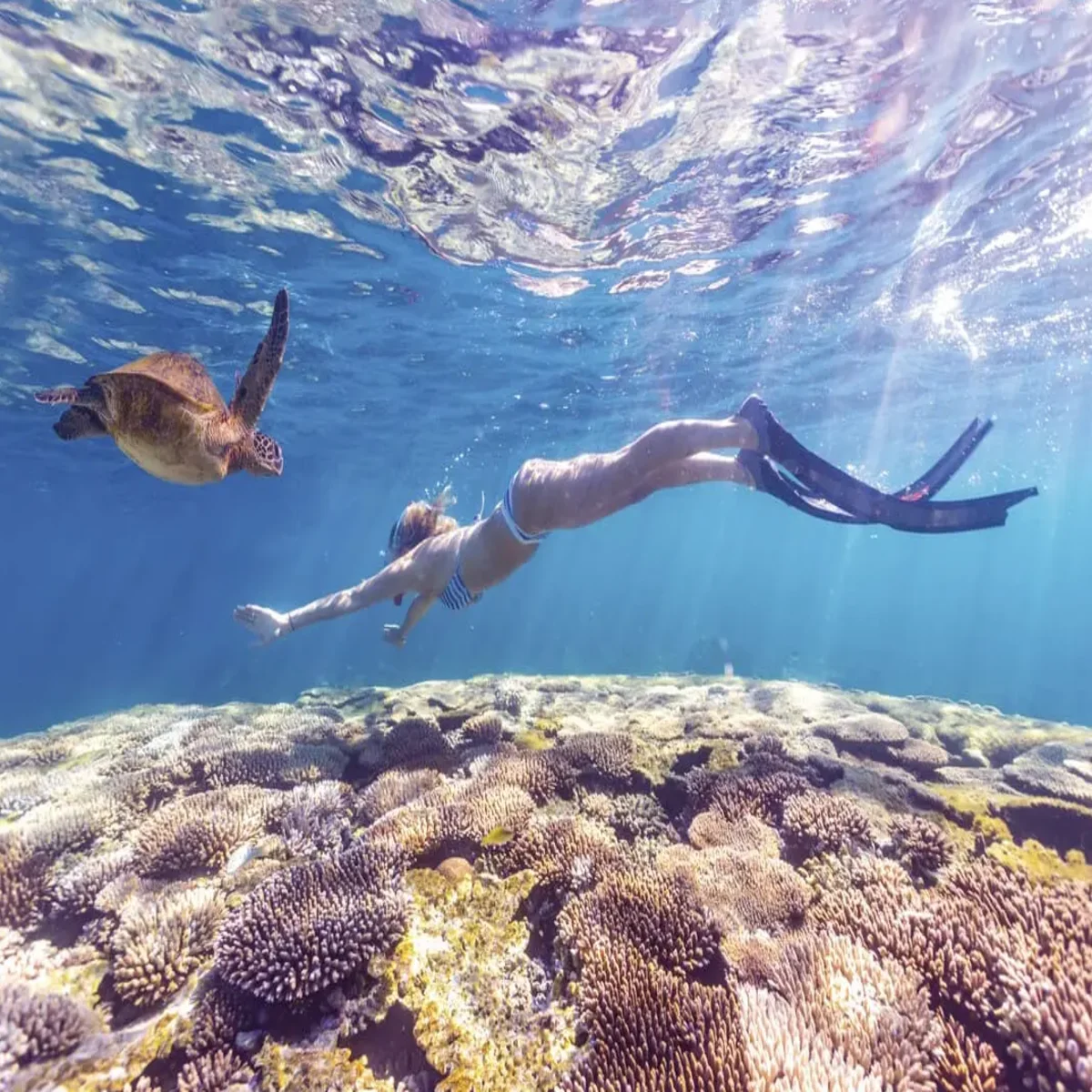This beach is unique as it is composed entirely of shells, with no sand in sight.

Visit Shell Beach
The beach comprises trillions of tiny white shells from the Coquina Shell, also called the Hamelin Cockle. These shells are found in the hypersaline waters of Hamelin Pool, where stromatolites also thrive. Due to the lack of predators in these waters, there is an abundance of Coquina Shells. Over time, trillions of these shells have accumulated to form a beach that stretches 120 kilometres and is up to 10 meters deep.
Shell Beach offers clear water for swimming and snorkelling. Interpretive signs along the walk from the car park to the beach explain the story of the cockles.
An abundance of cockle shells at Shell Beach
The hypersalinity of the water at Shell Beach is the reason behind the abundance of cockle shells there. The water in L’haridon Bight and Hamelin Pool has a higher salt concentration compared to the rest of the ocean. Fragum cockles thrive in this environment, while their predators cannot survive. This lack of predators results in a high concentration of cockles in these areas of Shark Bay. In some regions of Shell Beach, the shell deposits can be as deep as 10 meters.
Why is Shell Beach in Shark Bay saltier than the ocean?
This is due to the Faure Sill, a sandstone formation that restricts water flow in and out of certain areas. Additionally, high evaporation rates caused by shallow waters and hot temperatures contribute to the high salt levels. These conditions support the growth of Stromatolites in the Hamelin Pool.
Hypersaline environments can be found in lakes with limited water movement, with Shark Bay hosting one of the world’s few hypersaline marine environments. The hypersalinity of the water at Shell Beach allows for easy floating, making it a great spot to relax and enjoy walks along the shore covered in cockle shells.
Shell Beach shells have many uses
In L’haridon Bight and Hamelin, cockle shells have formed solid masses known as coquina. Coquina was extracted from mines and utilized as construction materials in Shark Bay. Buildings in Denham, such as the Old Pearler Restaurant, showcase examples of coquina blocks. Along the Boolagoorda trail, you can see one of the quarry sites.
The loose shells found around Shark Bay are used for various purposes, such as covering hot red sand, decorating yards, and as chicken feed for added calcium.
Directions to Shell Beach
By car
Shell Beach can be found just off Shark Bay Road, 84 km from the junction of Shark Bay Road and the North West Coastal Highway, and 785 km from Perth. It is a convenient stop when travelling to or from Shark Bay or a day trip from Denham, which is only a 44 km drive away. It is recommended to avoid driving at dawn, dusk, and night due to the high population of kangaroos in the area.
Tour
Head over to Monkey Mia Tours. Shell Beach is one of the mandatory stops on our tour. Get in touch with the pristine beauty of nature. Taking a tour can support local tourism and offer a more knowledgeable experience than exploring on your own.

Shell Block Quarry
Visitors can explore the shell block quarry near Hamelin Pool Nature Reserve, which comprises compacted cockle shells. Examples of shell blocks can be seen at the Shark Bay World Heritage Discovery Centre or the Old Pearler restaurant on Knight Terrace in Denham town.
Key points about Shell Beach
Camping is prohibited at Shell Beach, which only has a long drop toilet facility.
Shell Beach is near the narrowest section of the Peron Peninsula, with an electric fence just south of the beach. This fence plays a vital role in Project Eden, a conservation initiative that helps control feral animals on the peninsula.